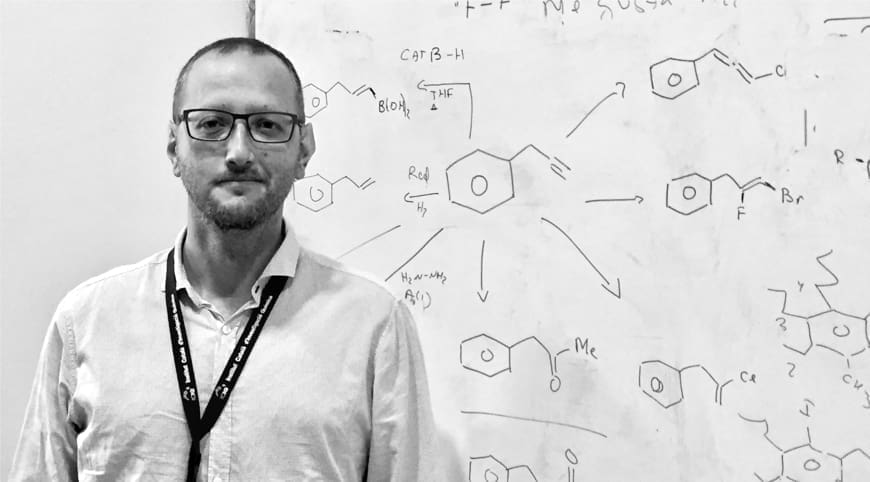Acid Activation in Phenyliodine Dicarboxylates: Direct Observation, Structures, and Implications
The use of the hypervalent iodine reagents in oxidative processes has become a staple in modern organic synthesis. Frequently, the reactivity of λ3 iodanes is further enhanced by acids (Lewis or Brønsted). The origin of such activation, however, has remained elusive. Here, we use the common combination of PhI(OAc)2 with BF3·Et2O as a model to fully explore this activation phenomenon. In addition to the spectroscopic assessment of the dynamic acid–base interaction, for the first time the putative PIDA·BF3 complex has been isolated and its structure determined by X-ray diffraction. Consequences of such activation are discussed from a structural and electronic (DFT) points of views, including the origins of the enhanced reactivity.

Susana Izquierdo, Stéphanie Essafi, Iker del Rosal, Pietro Vidossich, Roser Pleixats, Adelina Vallribera, Gregori Ujaque, Agustí Lledós, Alexandr Shafir
J. Am. Chem. Soc. 2016, 138, 12747-12750
DOI:
Go to the journal

Let's create a brighter future
Join our team to work with renowned researchers, tackle groundbreaking
projects and contribute to meaningful scientific advancements



















